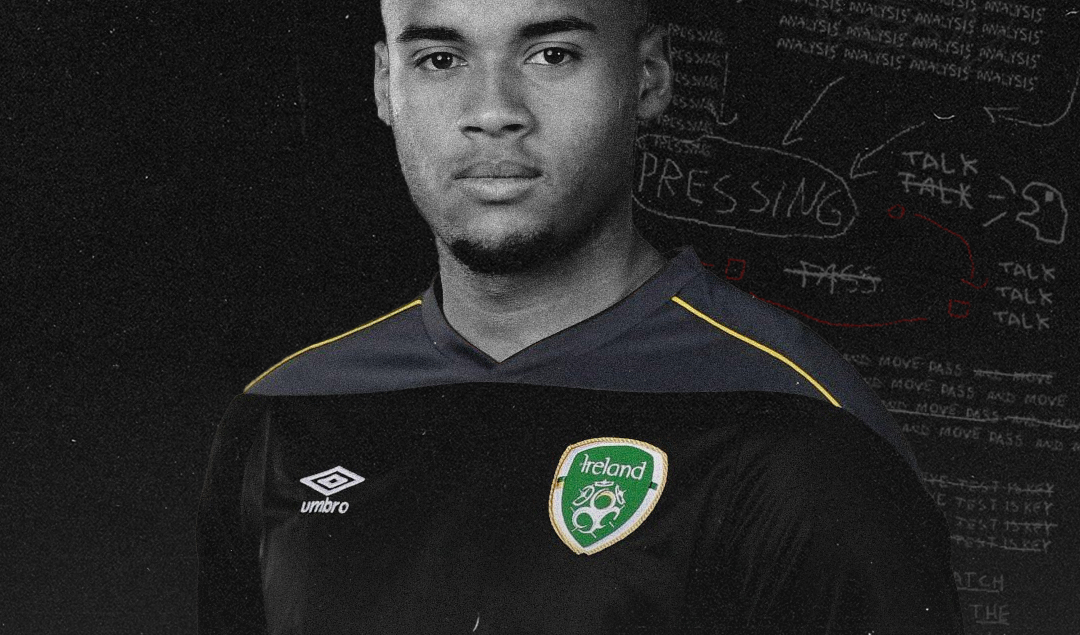Top 5 Goalkeeping Coaching Tips
The goalkeeper is the last line of defense in any team and these skills will help you become a more confident, well-rounded shot-stopper. One of the best ways to improve your goalkeeping is to have regular coaching sessions with an experienced and qualified coach. But what if you don’t have access to a coach or you can’t afford the fees? The next best thing is to use video chat to have coaching sessions with a coach who is qualified and experienced.
There are several advantages to using video chat for coaching. It is a convenient and cost-effective way to have regular coaching sessions without having to travel. It also allows you to have sessions with coaches who are based in different parts of the world.
If you are looking for goalkeeping coaching tips, then read on! In this article, worked out by the content creators from CallMeChat, we will give you some tips on how to make the most of your video chat coaching sessions. These basic training drills can help turn you from an amateur goalkeeper into the likes of Edwin Van Der Sar or Petr Cech.
Catching
Being able to keep hold of the ball under pressure or following a powerful shot is an essential part of being a goalkeeper. Drills to help improve this are:
- Stand opposite a wall and drop kick the ball against.
- Try to catch the ball as it rebounds
- Vary the height and power of your kicks as this will test your ability to move forward to catch the ball as well as react to a ball with a fast and slow pace.
- You can also simulate this with an outfield player who can drop-kick the ball towards you, removing the need for a wall
Shot-Stopping
A goalkeeper’s primary job is to keep the ball out of the net and a drill to help improve this skill is:
- An outfield player takes the ball and places it on the edge of the penalty box (the 18-yard line)
- You stand on the goal line facing the ball.
- The player should then randomly choose where to place the ball with a varying degree of power and accuracy to test his all-around ability to block the shot. He then moves the ball a yard closer and repeats this exercise.
- The player continues to bring the ball a yard closer each time until he reaches the penalty shot. He should then take a one-step run-up and try and place the ball and not power it.
- The outfield player can also try and score from a ball that has been saved by you and returned into the penalty area. This will test the speed at which you regain your position.
Anticipation and Reactions
Anticipating the flight of a ball or the direction of a shot is a key skill to have and can be vital to being a successful shot-stopper.
- Stand on the goal line facing into the net.
- An outfield player takes the ball and stands about eight yards away.
- They then shout “now” and you will turn around and try and stop the shot that they are about to take.
- This can be difficult at first but it will improve the way you anticipate the shot as well as make you aware of the striker’s body language as they shape to shoot.
Distribution
The accuracy of a goalkeeper’s throw or kick can be the difference between launching a counter-attack and putting your team under pressure.
- Make three circles of cones on the halfway line that are approximately four yards in diameter.
- Put one circle on the left wing, one on the right wing, and one in the middle
- Take turns trying to get your kicks from the floor as well as your hands to land inside the coned area.
- If you find it difficult, then increase the size of the coned area and smaller if too easy.
- If you are struggling to reach these cones then simply move the coned areas closer to the goal. This will make you feel more comfortable when kicking during a game.
Commanding Your Area
Organizing your defense and inspiring confidence in them is a key part of being a goalkeeper. This means talking to your defense and warning them about players’ movements, holding the offside line, and calling if you are coming to claim the ball. This drill can help with this:
- You stay on the goal-line while four outfield players are the defense.
- Two other players will be the strikers and will try to score a goal.
- You have to direct the defense and they cannot move unless you tell them to. You will direct them towards the player as well as let the other defenders know where the other striker is. This will make them wait for your command as well as use their initiative.
- This will make you talk to the defense and tell them what is happening around them.
- To make this harder add more strikers and vary the play using free kicks and corners.
